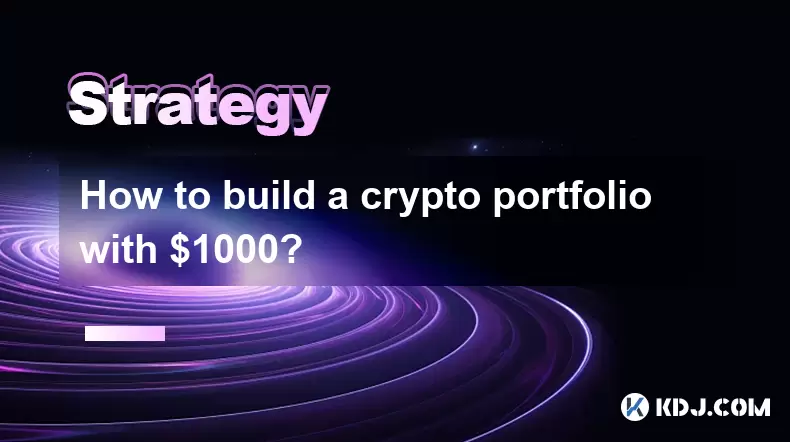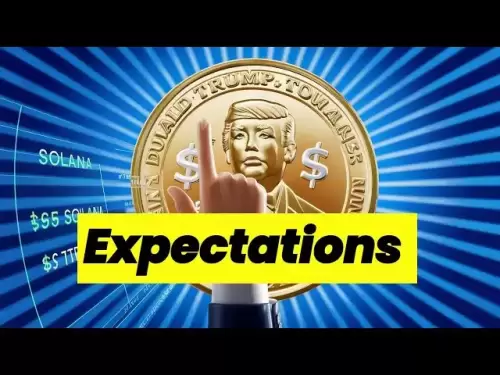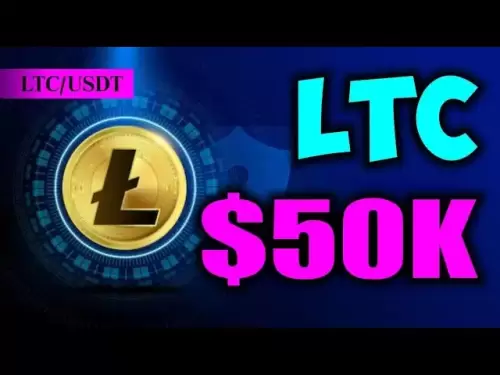-
 Bitcoin
Bitcoin $118000
-0.23% -
 Ethereum
Ethereum $3651
1.66% -
 XRP
XRP $3.423
-1.58% -
 Tether USDt
Tether USDt $1.001
-0.02% -
 BNB
BNB $742.8
0.69% -
 Solana
Solana $177.8
0.30% -
 USDC
USDC $0.9999
0.01% -
 Dogecoin
Dogecoin $0.2539
0.03% -
 TRON
TRON $0.3199
-1.74% -
 Cardano
Cardano $0.8382
0.59% -
 Hyperliquid
Hyperliquid $44.83
0.05% -
 Stellar
Stellar $0.4602
-1.49% -
 Sui
Sui $3.850
0.58% -
 Chainlink
Chainlink $18.62
2.56% -
 Hedera
Hedera $0.2681
0.97% -
 Avalanche
Avalanche $24.63
3.07% -
 Bitcoin Cash
Bitcoin Cash $522.5
0.96% -
 Shiba Inu
Shiba Inu $0.00001507
-0.80% -
 Litecoin
Litecoin $113.6
9.75% -
 UNUS SED LEO
UNUS SED LEO $8.994
0.24% -
 Toncoin
Toncoin $3.197
-0.43% -
 Polkadot
Polkadot $4.361
1.13% -
 Uniswap
Uniswap $10.45
1.41% -
 Monero
Monero $327.5
0.65% -
 Ethena USDe
Ethena USDe $1.001
-0.03% -
 Bitget Token
Bitget Token $4.992
-1.12% -
 Pepe
Pepe $0.00001355
0.67% -
 Dai
Dai $1.000
0.01% -
 Aave
Aave $322.6
0.15% -
 Bittensor
Bittensor $415.5
0.88%
Principles of currency speculating techniques
Understanding market fundamentals and employing technical analysis are crucial for identifying trading opportunities and minimizing risk in currency speculation.
Jan 11, 2025 at 03:42 pm

Key Points:
- Understanding market fundamentals and technical analysis
- Identifying trading opportunities and managing risk
- Mastering candlestick patterns, oscillators, and moving averages
- Using charting tools and indicators
- Developing a personalized trading plan
- Handling emotions and psychology in trading
- Diversifying assets and managing a portfolio
Principles of Currency Speculating Techniques
1. Market Fundamentals and Technical Analysis
- Fundamentals: Economic indicators such as GDP, inflation, and central bank policies influence currency values. Understanding these factors helps identify long-term trends.
- Technical analysis: Examines price charts to identify patterns and forecast future price movements. Utilizes indicators, candlestick patterns, and trends.
2. Identifying Trading Opportunities
- Market scan: Monitor news, economic events, and technical indicators to identify potential trading opportunities.
- Trend trading: Identifying and profiting from established trends in currency pairs.
- Range trading: Capitalizing on currency oscillations within defined price ranges.
3. Managing Risk
- Stop-loss orders: Automatically exit trades at predefined loss levels to limit losses.
- Take-profit orders: Secure profits by exiting trades at predetermined gain levels.
- Position sizing: Adjust trade size based on risk tolerance and account size.
4. Candlestick Patterns
- Bullish patterns: Indicating potential price increases, e.g., engulfing, hammer, piercing line.
- Bearish patterns: Suggested price declines, e.g., shooting star, hanging man, dark cloud cover.
5. Oscillators and Moving Averages
- Oscillators: Measure momentum and identify overbought or oversold conditions, e.g., MACD, RSI, stochastic.
- Moving averages: Smoothen price data to reveal underlying trends, e.g., 50-day, 100-day, 200-day.
6. Using Charting Tools and Indicators
- Support and resistance levels: Identify key price points where currencies tend to bounce or reverse.
- Trendlines: Connecting highs or lows to determine price direction and identify potential breakouts.
- Volume indicators: Measure the number of trades and indicate market sentiment and volatility.
7. Developing a Personalized Trading Plan
- Set trading goals: Define profit targets, risk tolerance, and trading timeframe.
- Establish entry and exit strategies: Outline the criteria for entering and exiting trades.
- Implement a risk management plan: Define stop-loss, take-profit, and position sizing parameters.
8. Handling Emotions and Psychology
- Discipline: Adhere to trading plan and avoid impulsive decisions.
- Self-awareness: Recognize psychological biases and manage emotions effectively.
- Manage stress: Develop coping mechanisms for dealing with market volatility and potential losses.
FAQs:
- What are the best indicators for currency trading?
Popular indicators include the MACD, RSI, stochastic oscillator, and Bollinger Bands. - How much money do I need to start currency trading?
Starting capital varies depending on risk tolerance and trading style. It's advisable to start small and gradually increase investment as you gain experience. - What are some common mistakes to avoid in currency trading?
Overtrading, ignoring risk management, and chasing losses are common pitfalls to avoid. - How can I improve my currency trading skills?
Educate yourself on market fundamentals and technical analysis, practice with demo accounts, and seek mentorship from experienced traders. - What are the advantages of currency trading?
Currency trading offers 24-hour accessibility, leverage for increased potential returns, and diversification opportunities.
Disclaimer:info@kdj.com
The information provided is not trading advice. kdj.com does not assume any responsibility for any investments made based on the information provided in this article. Cryptocurrencies are highly volatile and it is highly recommended that you invest with caution after thorough research!
If you believe that the content used on this website infringes your copyright, please contact us immediately (info@kdj.com) and we will delete it promptly.
- Crypto Coins, Undervalued Gems & Bull Run Potential: What You Need to Know, New Yorker Style
- 2025-07-20 20:30:12
- Nexchain, Cardano, Litecoin: What's Hot and What's Not in Crypto
- 2025-07-20 20:30:12
- Bitcoin Price Today: Recovery Hopes Amidst Fluctuations?
- 2025-07-20 20:50:12
- CoinDCX Hacked? Investor Safety in the Crypto Crosshairs
- 2025-07-20 20:50:12
- Blockchain Expansion: Global Moves and Market Dynamics in Web3
- 2025-07-20 20:55:13
- Coin Collecting, Steinbach Teen, and the Passion for Knowledge: A Numismatic Journey
- 2025-07-20 18:30:12
Related knowledge

How to avoid common crypto investment mistakes?
Jul 13,2025 at 01:35am
Understanding the Risks of Crypto InvestmentInvesting in cryptocurrency can be highly rewarding, but it also comes with significant risks. One of the ...

What is a long-short crypto strategy?
Jul 15,2025 at 10:56am
Understanding the Basics of a Long-Short Crypto StrategyA long-short crypto strategy is an investment approach where traders simultaneously take long ...

What is a long-short crypto strategy?
Jul 11,2025 at 01:28pm
Understanding the Basics of Long-Short Crypto StrategyA long-short crypto strategy is an investment approach where traders take both long and short po...

How to use the RSI indicator for crypto?
Jul 12,2025 at 03:56pm
Understanding the RSI Indicator in Cryptocurrency TradingThe Relative Strength Index (RSI) is a momentum oscillator used to measure the speed and chan...

Is copy trading a good strategy for crypto beginners?
Jul 12,2025 at 08:28am
Understanding Copy Trading in the Cryptocurrency MarketCopy trading is a strategy where novice traders replicate the trades of experienced investors a...

How to build a crypto portfolio with $1000?
Jul 13,2025 at 08:14pm
Understanding the Basics of Cryptocurrency InvestmentBuilding a crypto portfolio with $1000 starts with understanding the fundamentals of cryptocurren...

How to avoid common crypto investment mistakes?
Jul 13,2025 at 01:35am
Understanding the Risks of Crypto InvestmentInvesting in cryptocurrency can be highly rewarding, but it also comes with significant risks. One of the ...

What is a long-short crypto strategy?
Jul 15,2025 at 10:56am
Understanding the Basics of a Long-Short Crypto StrategyA long-short crypto strategy is an investment approach where traders simultaneously take long ...

What is a long-short crypto strategy?
Jul 11,2025 at 01:28pm
Understanding the Basics of Long-Short Crypto StrategyA long-short crypto strategy is an investment approach where traders take both long and short po...

How to use the RSI indicator for crypto?
Jul 12,2025 at 03:56pm
Understanding the RSI Indicator in Cryptocurrency TradingThe Relative Strength Index (RSI) is a momentum oscillator used to measure the speed and chan...

Is copy trading a good strategy for crypto beginners?
Jul 12,2025 at 08:28am
Understanding Copy Trading in the Cryptocurrency MarketCopy trading is a strategy where novice traders replicate the trades of experienced investors a...

How to build a crypto portfolio with $1000?
Jul 13,2025 at 08:14pm
Understanding the Basics of Cryptocurrency InvestmentBuilding a crypto portfolio with $1000 starts with understanding the fundamentals of cryptocurren...
See all articles

























































































